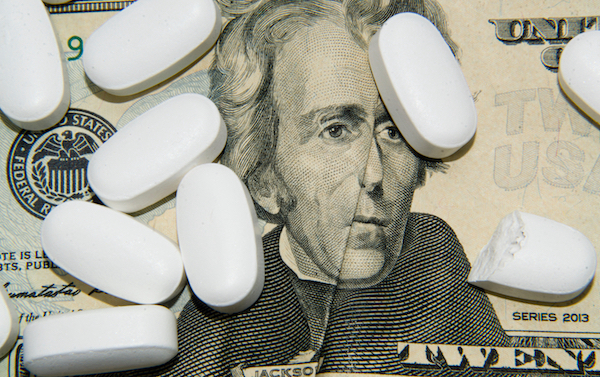CVS, Walgreens and Walmart must pay out $650 million to two Ohio counties
By Jason Langendorf
A judge’s ruling on Wednesday levied a steep financial penalty on a handful of retail pharmacy giants for their role in driving the opioid crisis, generating a massive nine-figure sum for two Ohio counties and likely setting the bar for future payouts to other counties, states and cities involved in ongoing opioid-related litigation.
“The news today means that we will soon have the long-awaited resources necessary to extend aid to properly address the harms caused by this devastating epidemic.”
—Frank Fuda, Trumbull County commissioner
Last November, after a six-week trial in the U.S. District Court for the Northern District of Ohio, a jury found that CVS, Walgreens and Walmart had shirked their oversight responsibilities and continuing to fill prescriptions for opioid painkillers, leading to widescale abuse and devastation in Lake and Trumbull counties. It was left to the federal judge in the case, Dan A. Polster—who also oversees the multidistrict litigation that has encompassed some 3,000 opioid lawsuits across the country—to determine damages. Polster ruled that the pharmacies were responsible for one-third of the $3.3 billion the plaintiff’s attorney claimed the counties would require for recovery efforts, ordering the companies to pay $650.5 million as restitution.
“The news today means that we will soon have the long-awaited resources necessary to extend aid to properly address the harms caused by this devastating epidemic,” Trumbull County commissioner Frank Fuda said in a statement.
A Landmark Case
In the first case in which retail pharmaceutical companies were found at fault for exacerbating the opioid epidemic, Polster ruled for Lake County to receive $306 million and Trumbull County to receive $344 million over 15 years, and for nearly $87 million to go immediately to fund the first two years of the abatement plan.
At the heart of the case was the judge’s interpretation that the pharmacies’ behavior helped directly create a public nuisance—a legal argument that had been previously shot down in a number of other recent opioid suits.
Representatives of Walgreens and CVS claimed their clients broke no laws, implicitly blamed opioid manufacturers and said they would appeal the decision. But after nearly 80 million prescription painkillers were circulated into Trumbull County over a four-year period—an average of 400 for every resident—and the three pharmacy chains showed tepid interest in helping make Trumbull and Lake whole again after the November verdict, Polster said the companies “squandered the opportunity to present a meaningful plan to abate the nuisance.”
At the heart of the case, in fact, was the judge’s interpretation that the pharmacies’ behavior helped directly create a public nuisance—a legal argument that had previously failed in a number of other recent opioid suits (notably, bench cases rather than jury trials). With scores of cases against pharmaceutical companies still pending across the country, Wednesday’s decision may persuade defendants to more strongly consider settling out of court—which could mean significant, swift payouts soon landing where they can do some good in turning around the opioid crisis.
Photo: Shutterstock














